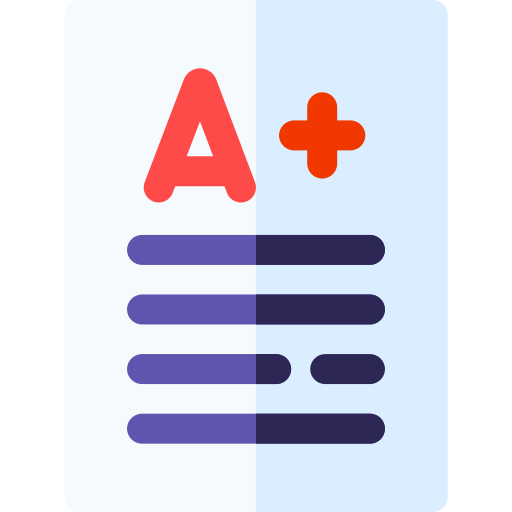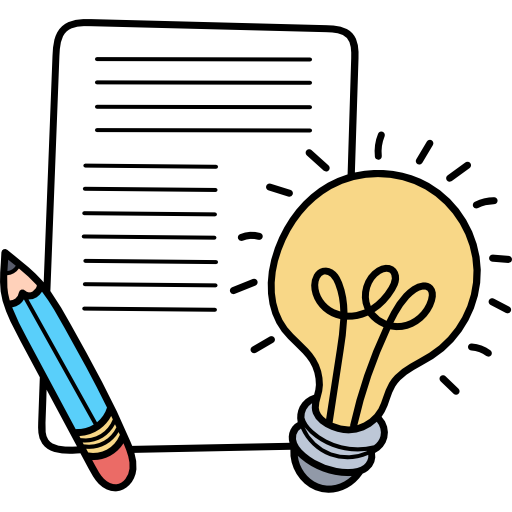دليل المعلم Teacher Guide اللغة الإنجليزية الصف التاسع الفصل الأول 2022-2023
Starter
l. Brainstorm words learners know for household appliances. Ask the class if they think people had the same things in their homes a long time ago
. Focus on the picture and the Starter question. Ask: Which things did people not have 50 years ago ? Elicit ideas from the class
Main activity
Vocabulary: Activity 1
l. Draw some of the objects on the board. Ask learners to identify them. Drill pronunciation
. In pairs, learners match the words to the kitchen appliances and equipment
. Read out each of the appliances in turn and keep a tally on the board of the number of learners that have each appliance. Ask learners which is the most / least common appliance
. In the same pairs, learners take turns to draw and say the name of the different appliances without referring back to the book (unless necessary)
. In pairs, learners take turns to ask each other which of the appliances they have at home
CORE
Feedback
Elicit answers and check as a class Answers a bin 1 1; b blender 5; c dishwasher 1; d freezer 10; e fridge 9; f hob 3; g iron 14 h wok 6; i microwave 13; j oven 2; k saucepan 8; I scales 12; m teapot 7; n toaster 4
Vocabulary: Activity 2
l. Learners play Word tennis. In pairs, they sit opposite each other. Learners take turns to say the first part of one of the compound nouns and their partner replies with the second part. If there is some scrap paper, they can scrunch it up to make a ball to toss to their partner each time they say the first part of the compound
If there is an odd number, the third person can act as referee and keep count and check the compound nouns are correct
CORE
Feedback
Monitor and listen to the class playing Word tennis and use this as an informal assessment of learning. Then invite a pair of learners to say the first part and second part of the compound noun. Learners listen and check they are correct
Answers
1 i/j coffee machine; 2 i/j washing machine; 3 a extractor fan; 4 f tin 5 d frying pan; 6 e remote control; 7 b fire extinguisher; 8 c food processor; 9 g ironing board 10 h light switch
Speaking: Activity 3
l. Elicit the names of the different appliances again as a class and write them on the board. Read through the appliances as a class and drill pronunciation again, as required
. In pairs, ask learners to decide which ones they think are the most important and why. Learners select items that they would not be without and write them on a piece of paper. They then make notes about why they need them so much
. Put the class into small groups. Learners takes turns to share their lists. The group makes a note of all the different appliances mentioned. Then they discuss how useful they think each one is, giving reasons
. Groups then decide which the five most important appliances are
CORE
Feedback
Groups present their top five appliances to the rest of the class, giving their reasons Write them on the board. If time, debate the top five appliances that the whole class wouldn't be without
Differentiation activities (Support)
l. Learners select their top appliance from a shortened list of five items
Differentiation (Stretch)
l. Learners give more detailed reasons for their selection
Workbook: Activity I
l. Choose no more than four appliances, ideally less well-known ones, and play a Vocabulary / Spelling game. For example, for tin opener, write nine dashes on the board: _ _ _ /
Have learners suggest letters, and add correct letters to the dashes. Add incorrect letters to the board. The game ends when either the word has been guessed correctly or the number of incorrect letters has reached ten, whichever comes first. If a learner guesses the word correctly, have them come to the front of the class and choose a new word for the next round. And so on
. In pairs, learners look at the activity in the Workbook. Tell them to start and try to complete it as quickly as possible. When they have finished they put their hands up. Stop the class when all pairs have finished
DESIRABLE
Feedback
This pair read out their answers, spelling each word. The rest of the class listen and compare their ideas. If they don't agree, they can challenge the answer and suggest their own
Answers
1 dishwasher; 2 oven; 3 teapot; 4 saucepan; 5 fridge; 6 freezer; 7 scales; 8 microwave; 9 iron; 10 coffee machine; 11 washing machine; 12 tin opener; 13 frying pan; 14 fire extinguisher
Differentiation activities (Support)
I. Learners can use visuals to help them descritx the instructions
Differentiation activities (Stretch)
I. Learners write detailed instructions for one or more additional appliances
Writing: Activity 2
l. Say slowly: When I woke up this morning. I brushed my teeth and had my breakfast
Then I got up Shake your head and say slowly: When I noke up this morning I got up and had my breakfast. Then I brushed my teeth Smile and nod your head
. Read the rubric. Review what a phrasal verb is Have different learners read one of the verbs each from the Use of English box. Ask learners to think some activities that they did in the morning and when they did them
. Individually, learners write down the activities they did on strips of paExr — one activity strip
. In INIirs, learners swap activities and put them in order
CORE
Invite one or two learners to share their partner's order with the class Ask the class what clues they had when ordering the activities. (Some will obvious but others
not so
Speaking: Activity 3
l. In pairs, learners choose one of the topics to discuss. Monitor and provide vocabulary where needed
CORE
Feedback
Invite learners to move around the class asking each other about their daily routines or ideal day. It doesn't matter if they don't to everyone
Workbook: Activity 2
l. In pairs, learners look at the timetable and underline the phrasal verbs
. Next learners fill in the timetable to resemble what they typically would do on a weekend day and a day. It have to absolutely accurate
. Alternatively, ask learners to swap Worktooks and to ask and answer questions atxut their day and complete the schedule for them. Give an example: Q: What activity did you do at 7 am on Saturday ? A: I woke up. Learners listen and write down the activity next to the corresBnding time
. Learners then compare their schedules to see if they did any activities at the same time. L l: When did you wake up? L2: I woke up at 7 ant. L l: Me, too. L l: What did you do at I pm? L2: I had lunch What about you? L2: I went shopping
DESIRABLE
Invite pairs of learners to share their schedules as a dialogue (as atxwe). Elicit any activities that are the same and do a quick class tally to see how many did that activity at that time. Revxat with other activities Plenary
l. Play a game of Guess the appliance. Invite some learners to give the instructions of how to use an appliance without saying what it is The class then guess the appliance





